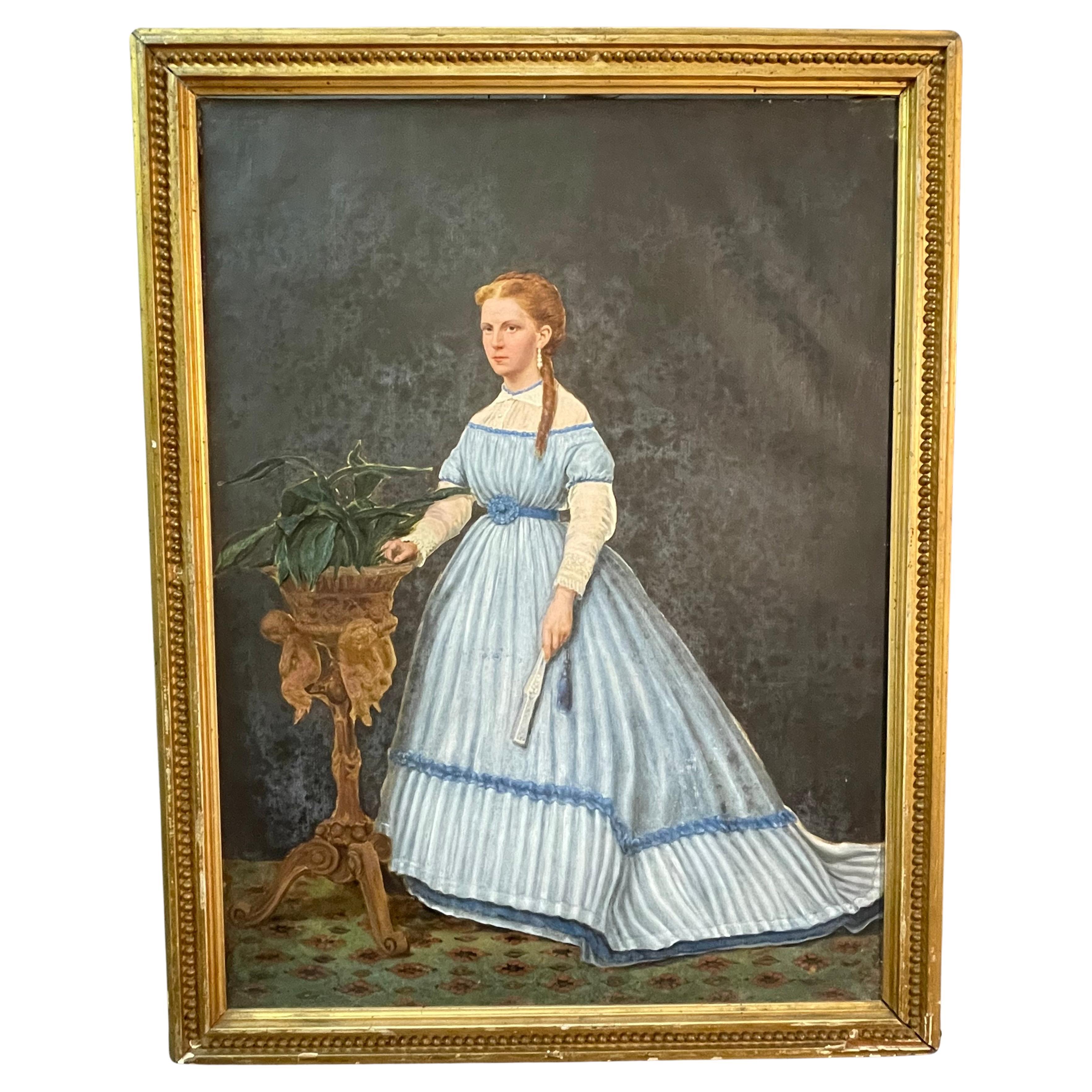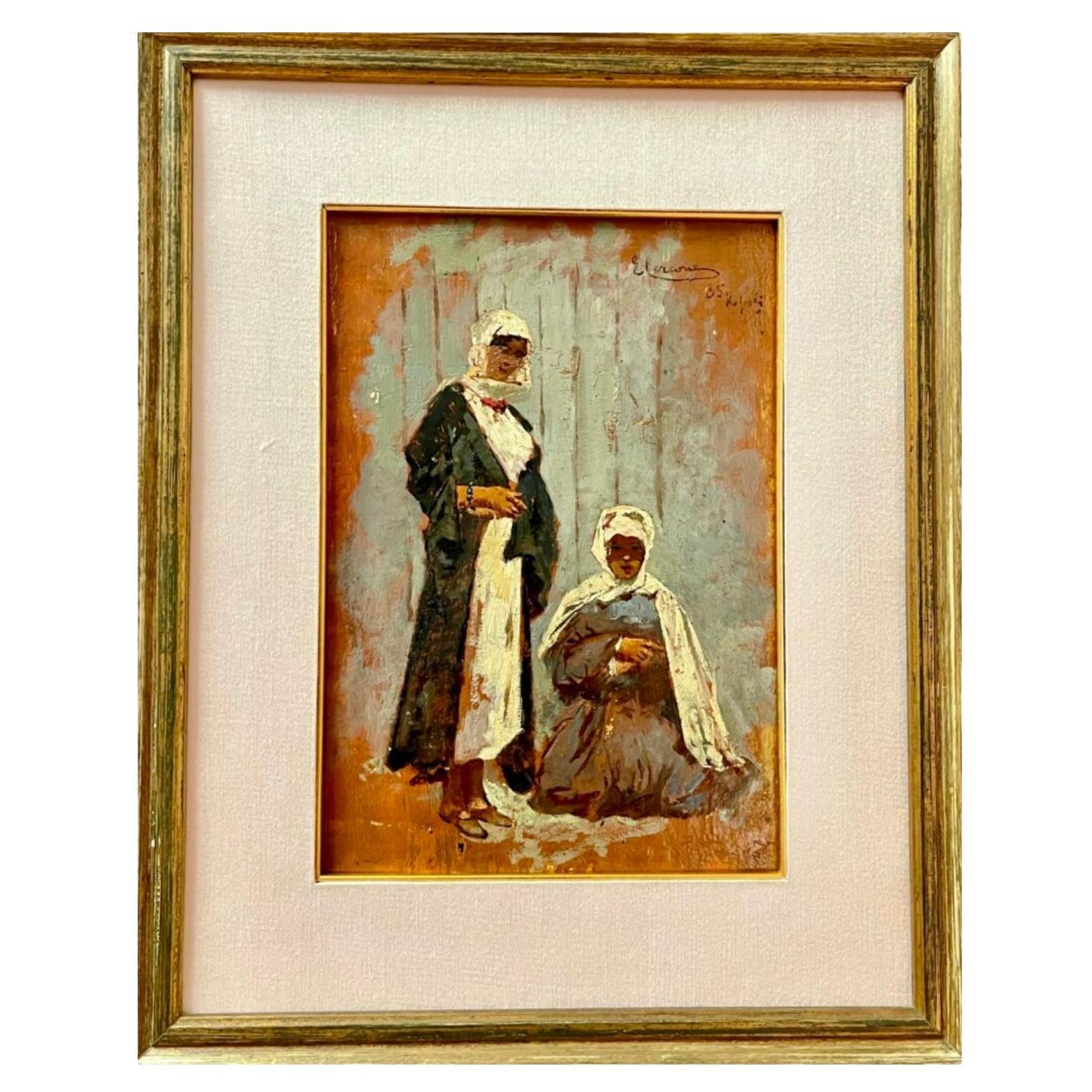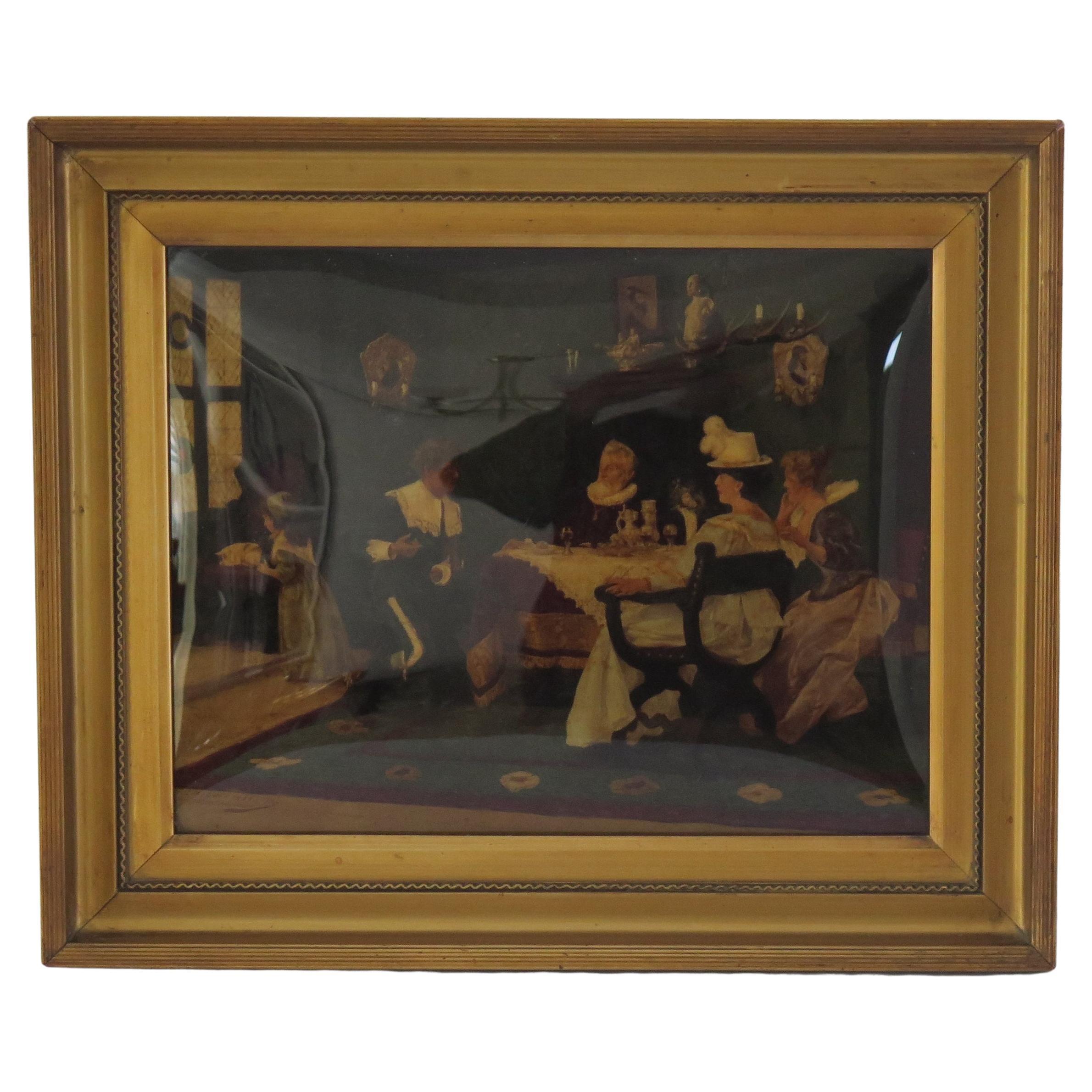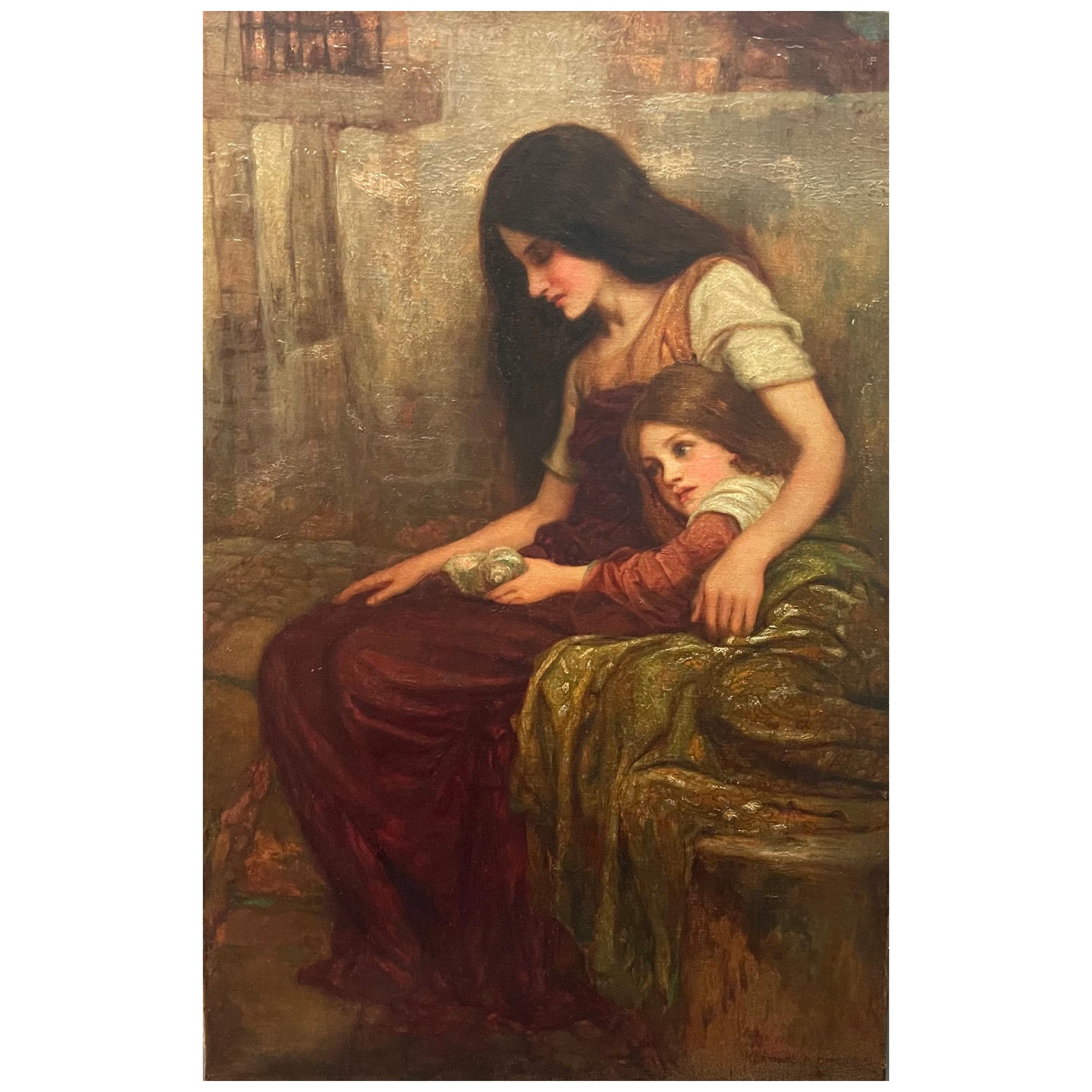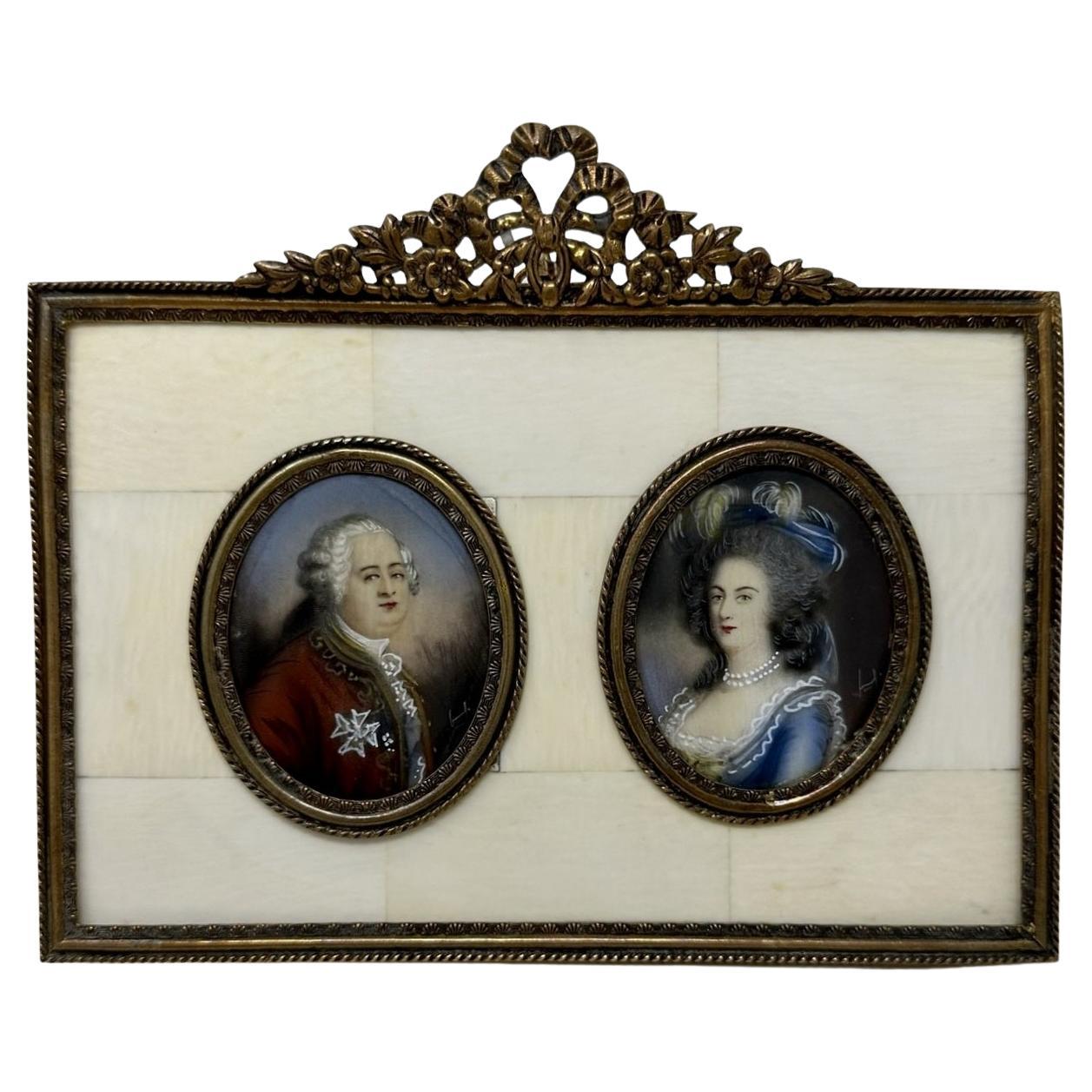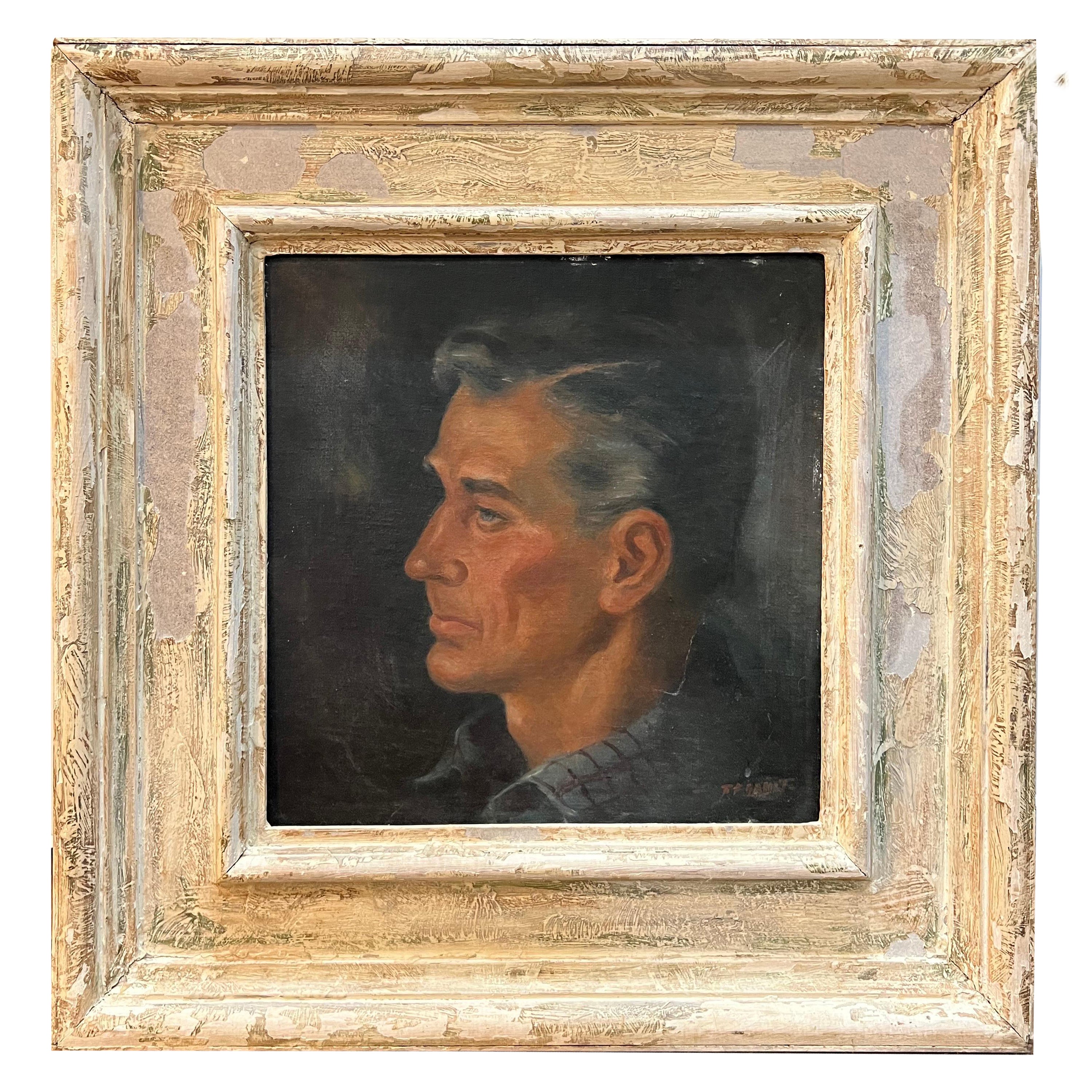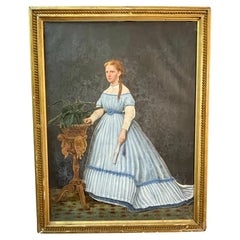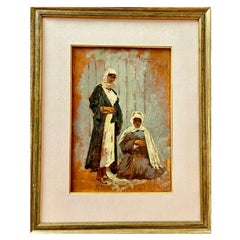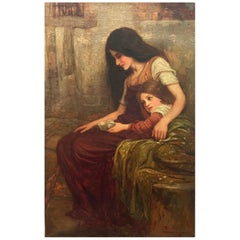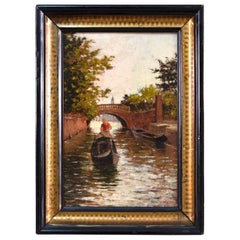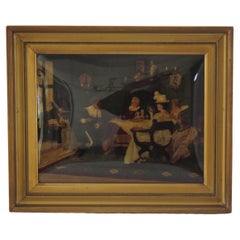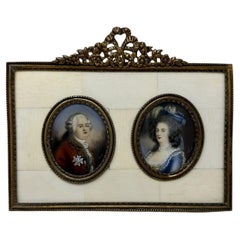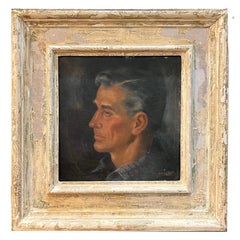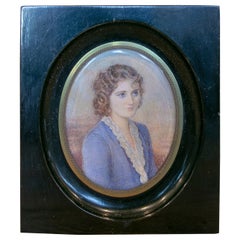George Lance Period Signed Picture Portrait
About the Item
- Creator:George Lance (Author)
- Dimensions:Height: 24.81 in (63 cm)Width: 20.48 in (52 cm)Depth: 1.97 in (5 cm)
- Style:Romantic (Of the Period)
- Materials and Techniques:
- Place of Origin:
- Period:
- Date of Manufacture:circa 1850
- Condition:Wear consistent with age and use. Minor fading.
- Seller Location:Roma, IT
- Reference Number:1stDibs: LU4827231698212
George Lance
George Lance (24 March 1802 – 18 June 1864) was an English painter of still life and portrait miniatures. Lance was born at the old manor-house in Little Easton in Essex. Although Lance showed a predilection for art at a very early age, he was placed, while not yet fourteen, in a factory in Leeds. However, the work injured his health and he returned to London. Wandering one day into the British Museum, he casually started a conversation with Charles Landseer, who happened to be drawing there. On learning that Landseer was a pupil of Benjamin Haydon, he went early next morning to that painter's residence, and asked to become a pupil. Haydon replied that if his drawings promised future success he would instruct him for nothing. Not many days later Lance, still not yet fourteen, entered Haydon's studio, and remained there for seven years, at the same time studying in the schools of the Royal Academy. While designing a picture inspired by Homer's Iliad, he decided, before putting on the colours, to paint some fruit and vegetables as practice. This work attracted the notice of Sir George Beaumont, who purchased it, and this success led him to paint another fruit-piece, which he sold to the Earl of Shaftesbury. He then painted two fruit-pieces for the Duke of Bedford as decorations for a summer-house at Woburn Abbey, and his work proved so profitable that he decided to devote himself to still-life painting.
He began to exhibit in 1824, when he sent to the British Institution A Fruit Boy, and to the Society of British Artists The Mischievous Boy and two fruit-pieces. In 1828 he exhibited the Royal Academy, for the first time. showing a still-life with an appended quotation from Samuel Butler's "Hudibras." His drawing Portrait of Emily Augusta Patmore (c.1834) is now in the collection of the British Museum.
Although he gained his reputation chiefly as a painter of fruit and flowers, Lance sometimes produced historical and genre works, and his picture of Melanchthon's First Misgivings of the Church of Rome won the prize at the Liverpool Academy in 1836. His works appeared most frequently at the exhibitions of the British Institution, to which he contributed 135 pictures, and he also sent 48 works to the Society of British Artists, and 38 to the Royal Academy.
(Biography provided by Egidi Madeinitaly srl)
- ShippingRetrieving quote...Shipping from: Roma, Italy
- Return Policy
More From This Seller
View AllAntique Late 19th Century Belgian Napoleon III Paintings
Wood, Paper
Antique Late 19th Century Italian Modern Paintings
Wood
Antique Late 19th Century British Pre-Raphaelite Paintings
Canvas
Antique Early 1900s Italian Romantic Paintings
Wood
Antique 17th Century Dutch Baroque Paintings
Wood
Antique 19th Century American American Classical Paintings
Canvas, Wood
You May Also Like
Antique Late 19th Century German Edwardian Paintings
Glass, Wood
Antique 19th Century French Victorian Paintings
Ormolu
Vintage 1950s Paintings
Paint, Masonite, Wood
Mid-20th Century Spanish Paintings
Paper
Antique Early 19th Century French Decorative Art
Paint
20th Century Paintings
Canvas
